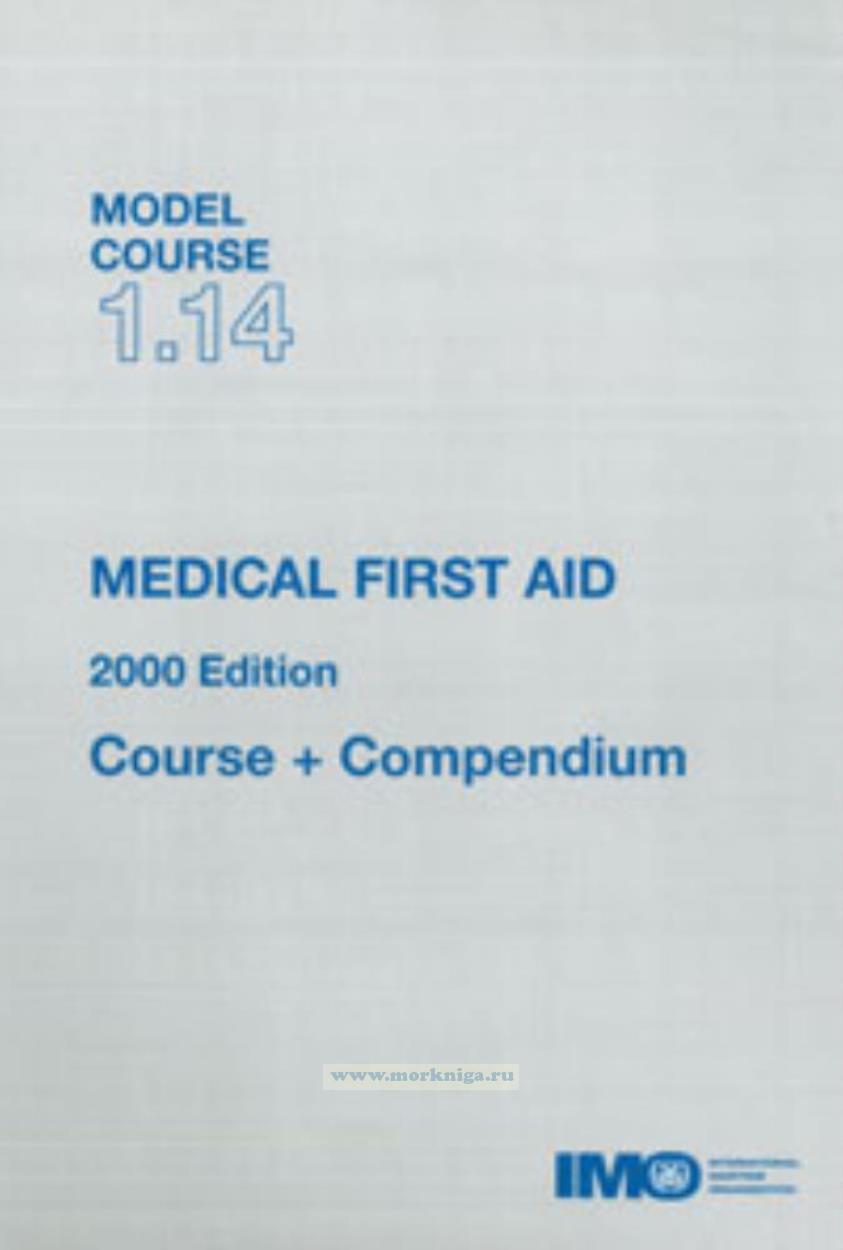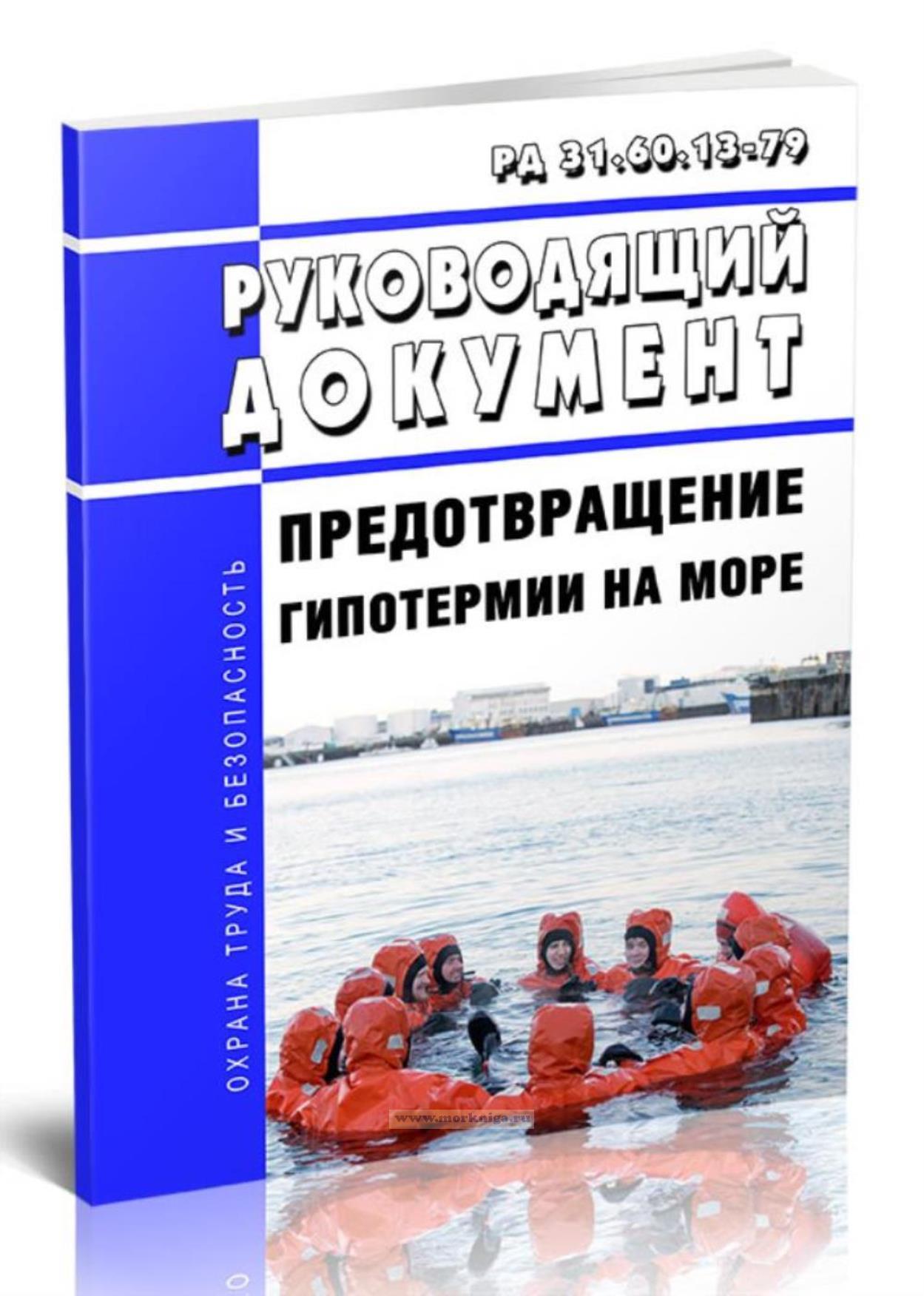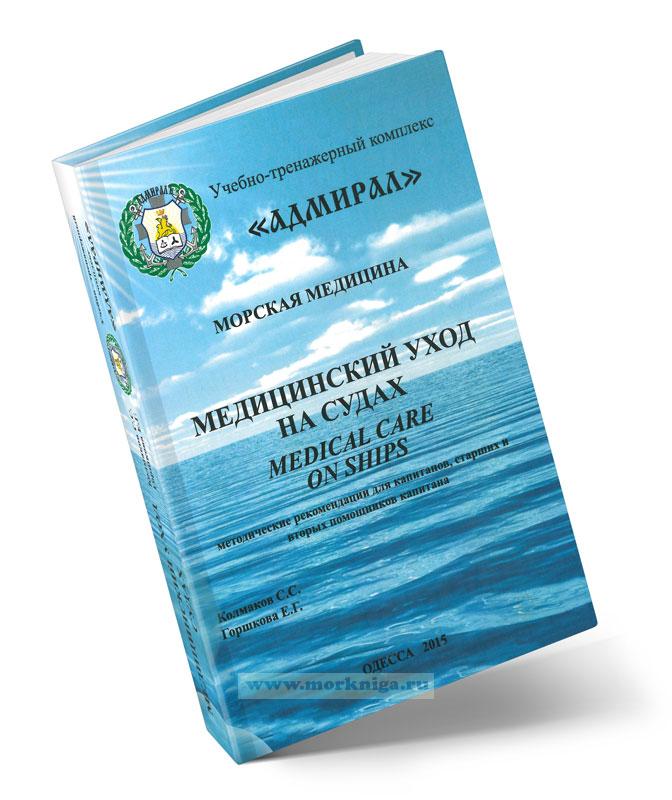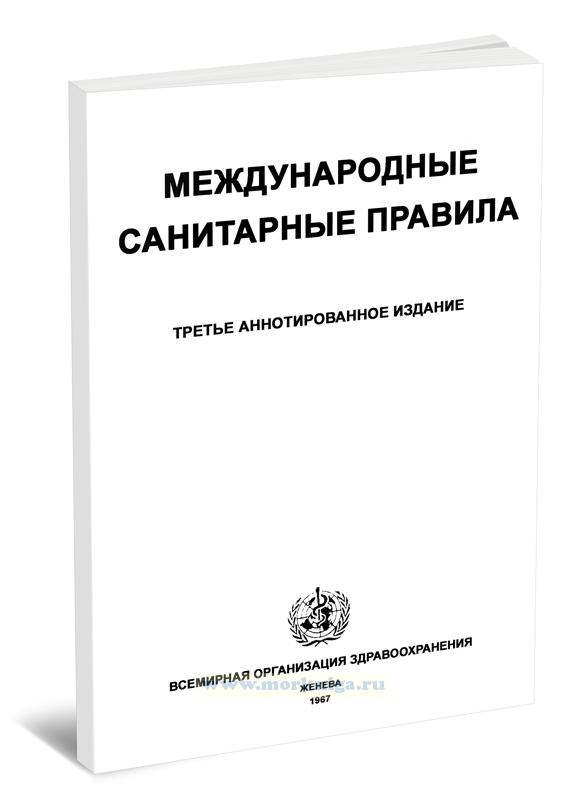Сб с 10 до 16
Medical first aid. Model course 1.14
Since its inception the International Maritime Organization has recognized the importance of human resources to the development of the maritime industry and has given the highest priority to assisting developing countries in enhancing their maritime training capabilities through the provision or improvement of maritime training facilities at national and regional levels.
IMO has also responded to the needs of developing countries for postgraduate training for senior personnel in administration, ports, shipping companies and maritime training institutes by establishing the World Maritime University in Malmo, Sweden, in 1983.
Following the earlier adoption of the International Convention on Standards of Training, Certification and Watchkeeping for Seafarers, 1978, a number of IMO Member Governments had suggested that IMO should develop model training courses to assist in the implementation of the Convention and in achieving a more rapid transfer of information and skills regarding new developments in maritime technology. IMO training advisers and consultants also subsequently determined from their visits to training establishments in developing countries that the provision of model courses could help instructors improve the quality of their existing courses and enhance their effectiveness in meeting the requirements of the Convention and implementing the associated Conference and IMO Assembly resolutions.
In addition, it was appreciated that a comprehensive set of short model courses in various fields of maritime training would supplement the instruction provided by maritime academies and allow administrators and technical specialists already employed in maritime administrations, ports and shipping companies to improve their knowledge and skills in certain specialized fields.
IMO has therefore developed the current series of model courses in response to these generally identified needs and with the generous assistance of Norway.
These model courses may be used by any training institution and the Organization is prepared to assist developing countries in implementing any course when the requisite financing is available
Contents
Extracts from International Medical Guide for Ships
Chapter 1: First aid
Chapter 2: Toxic hazards of chemicals, including poisoning
Chapter 3: Examination of the patient
Chapter 4: Care of the injured
Chapter 12: Medical care of castaways and rescued persons
Chapter 14: External assistance
Chapter 17: Advice on medicines
Annex 1: Anatomy and physiology
Annex 2: Regions of the body
Annex 4: Medical report form for seafarers
Annex 5: Disinfection procedures

 РД 31.60.13-79 Предотвращение гипотермии на море
РД 31.60.13-79 Предотвращение гипотермии на море  Медицинский уход на судах
Медицинский уход на судах  Международные санитарные правила
Международные санитарные правила